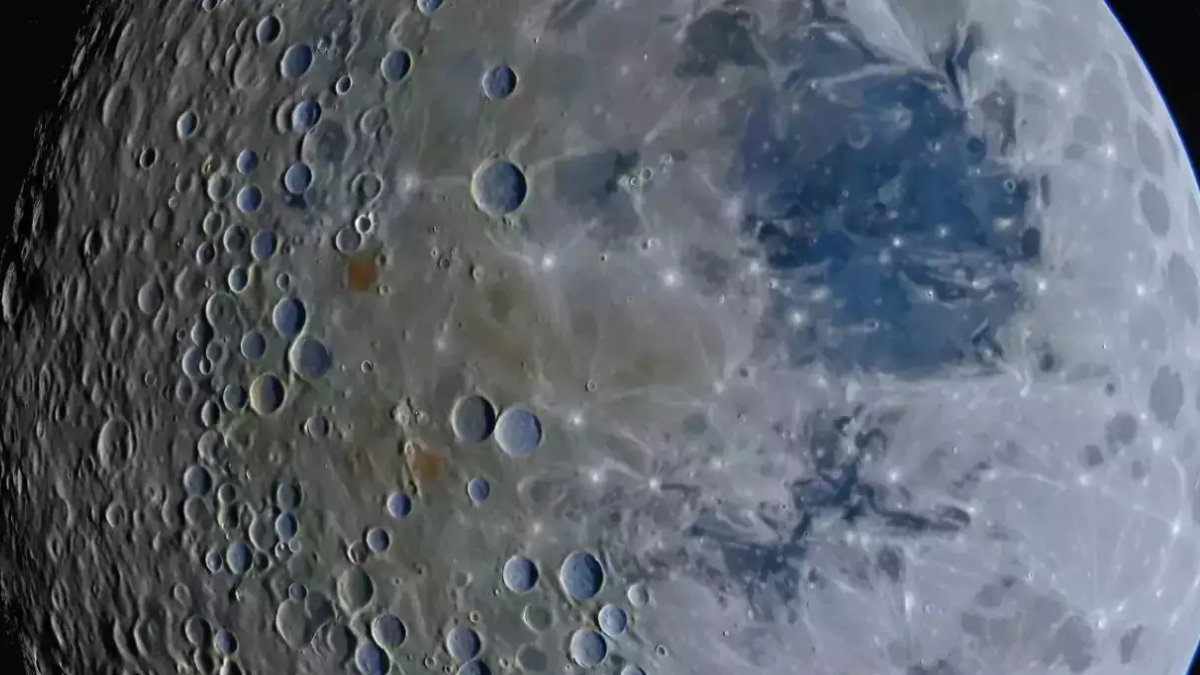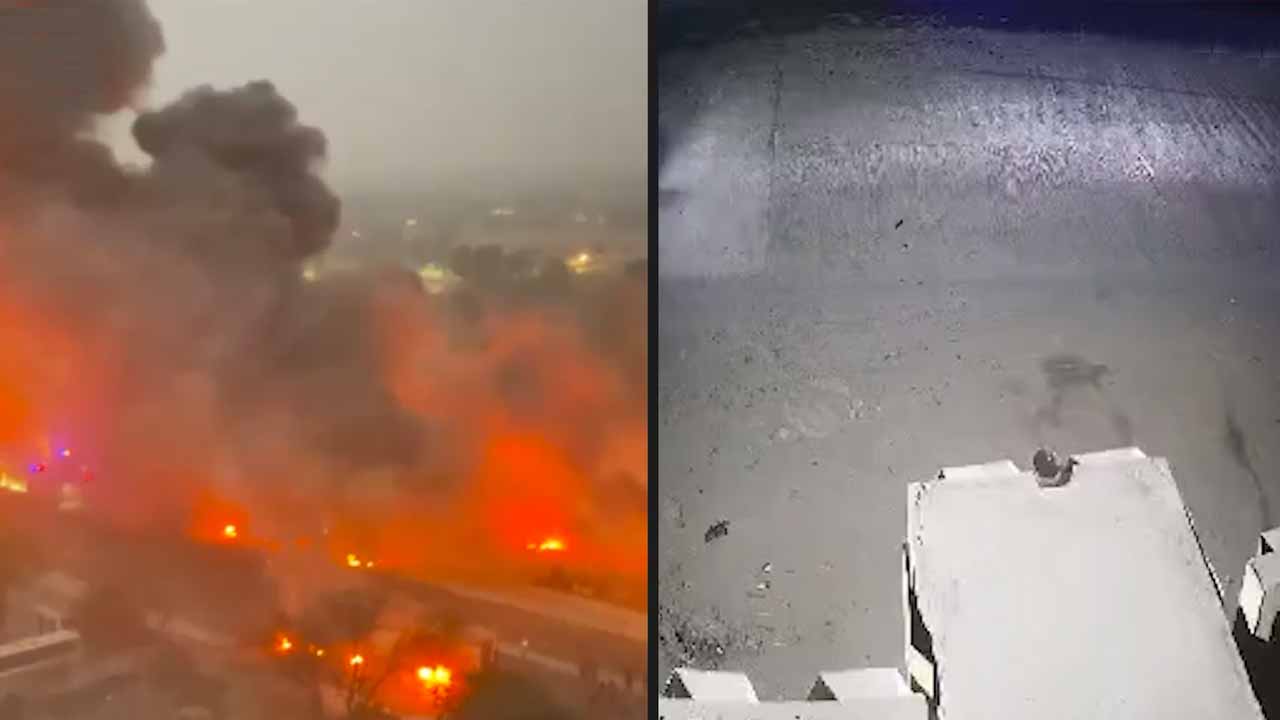AHMEDABAD: Chandrayaan-3’s Chandra’s Surface Thermophysical Experiment (ChaSTE) has delivered groundbreaking in-situ temperature measurements from high-latitude lunar regolith (soil), offering new insights into the Moon’s thermal environment and its potential for harboring water-ice deposits.
ChaSTE, mounted on the Vikram lander, recorded surface temperatures of up to 355K (82°C) in the lunar south pole region, surpassing the expected 330K by 25K. Scientists attribute this anomaly to the lander’s positioning on a sunward-facing slope with a 6° inclination.
“Water-ice prospecting is crucial for unlocking the Moon’s potential to support human habitation and further exploration. Lunar temperatures not only influence water-ice stability but also impact other aspects of lunar science and exploration,” said K Durga Prasad from ISRO’s Physical Research Laboratory (PRL).
Before Chandrayaan-3, global lunar temperatures were mapped using remote sensing technologies, with direct in-situ measurements limited to the Apollo 15 and 17 missions, which primarily focused on equatorial regions. ChaSTE’s data has filled this critical knowledge gap by providing detailed temperature profiles from the Moon’s high-latitude regions.
“This discovery highlights how small-scale topographical variations at high latitudes can significantly alter surface temperatures, a phenomenon less pronounced in equatorial regions,” Prasad added.
The low thermal conductivity of lunar regolith creates a thermal blanket effect, leading to sharp temperature variations within just a few centimeters of the surface. By analyzing these temperature gradients, ChaSTE refined scientists’ understanding of lunar surface conductivity and provided essential data for future missions seeking sustainable exploration solutions.
Using numerical models based on ChaSTE’s observations, the research team suggested that larger poleward-facing slopes exceeding 14° may provide stable conditions for water-ice deposits. These regions receive less solar radiation and maintain lower temperatures, making them promising targets for future exploration and potential human habitation.
“Unlike extreme polar regions, these sites offer a technically less challenging yet scientifically valuable alternative for resource prospecting. Understanding lunar thermophysics is essential for mission safety, resource exploration, and long-term habitat establishment,” Prasad emphasized.
The findings, authored by a team including Prasad, Chandan Kumar, Ambily G, Kalyana Reddy P, Sanjeev K Mishra, Janmejay Kumar, Dinakar Prasad Vajja, Aasik, Tinkal Ladiya, Arpit Patel, Murty SVS, Amitabh, and PRL director Anil Bharadwaj, were recently published in Nature Communications Earth & Environment.




